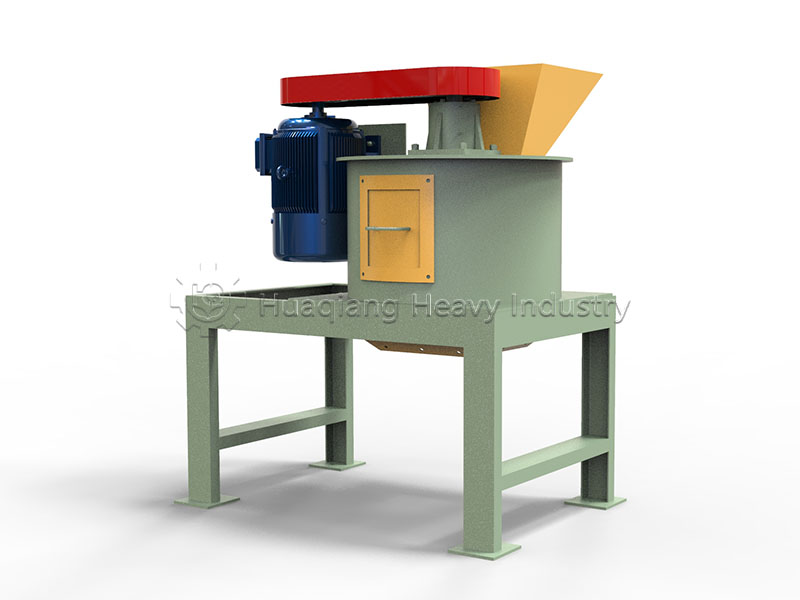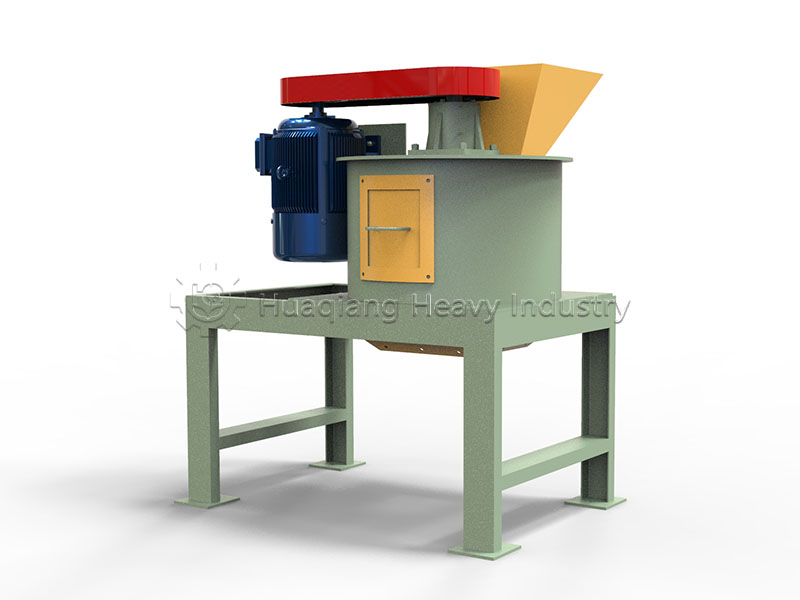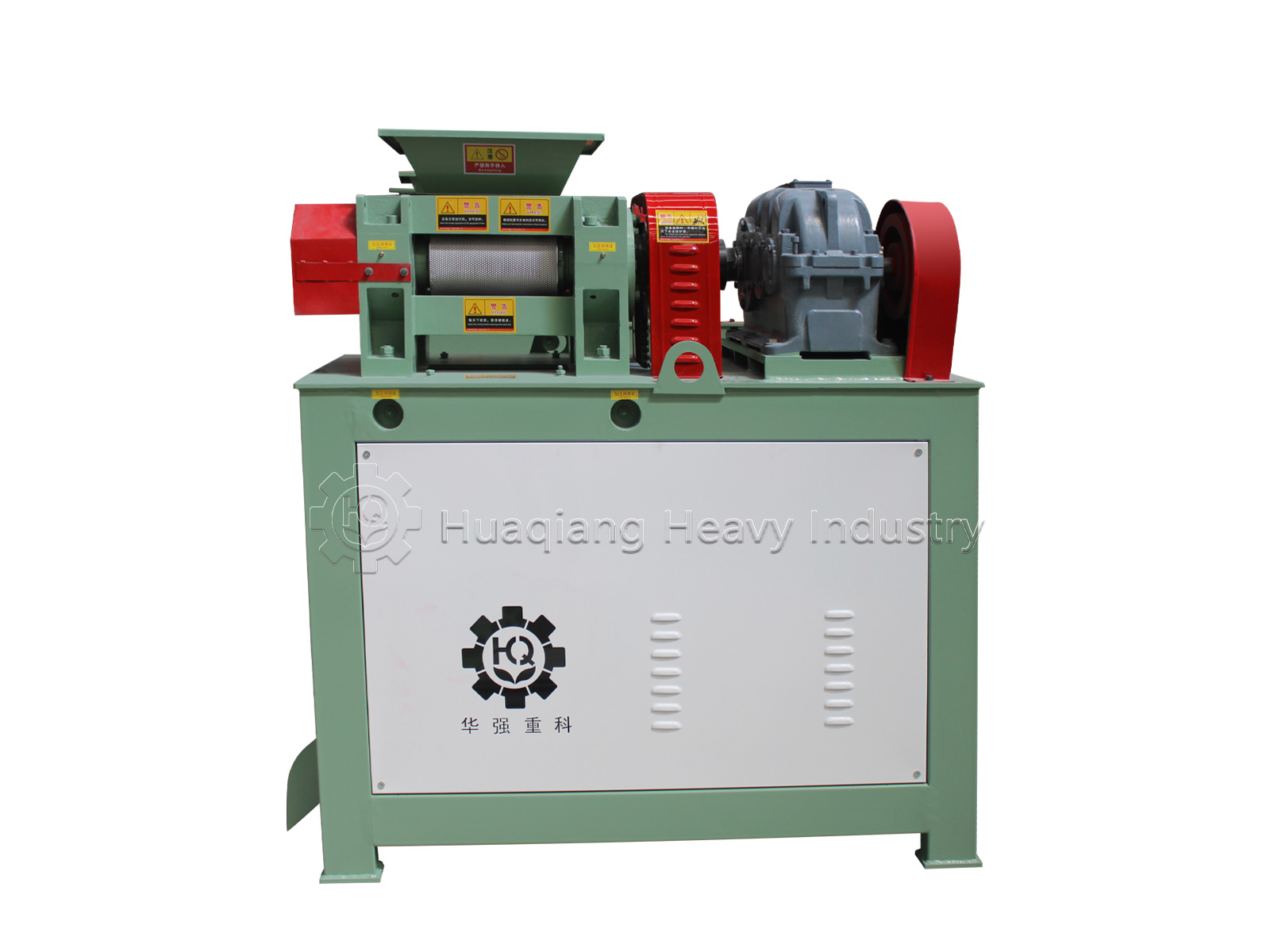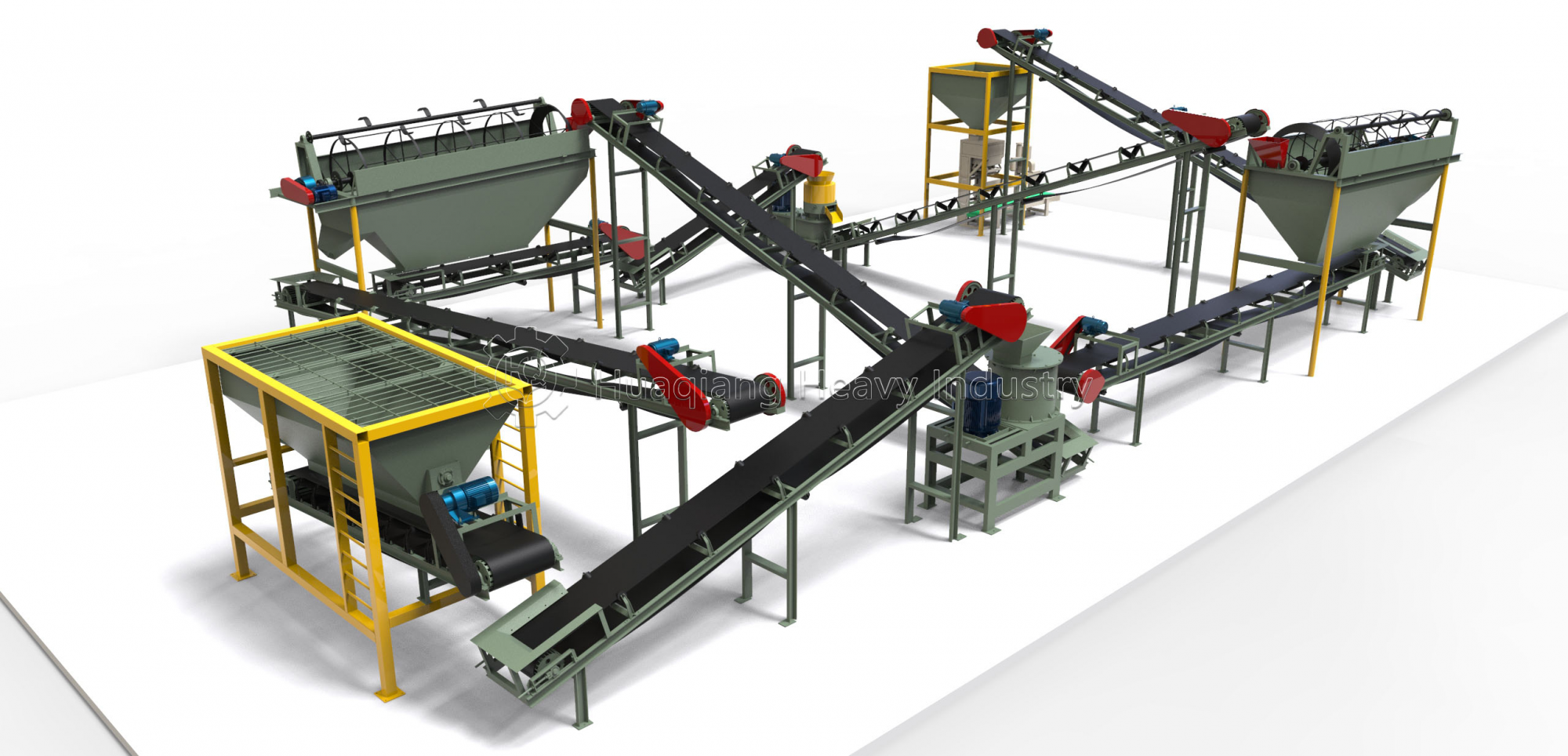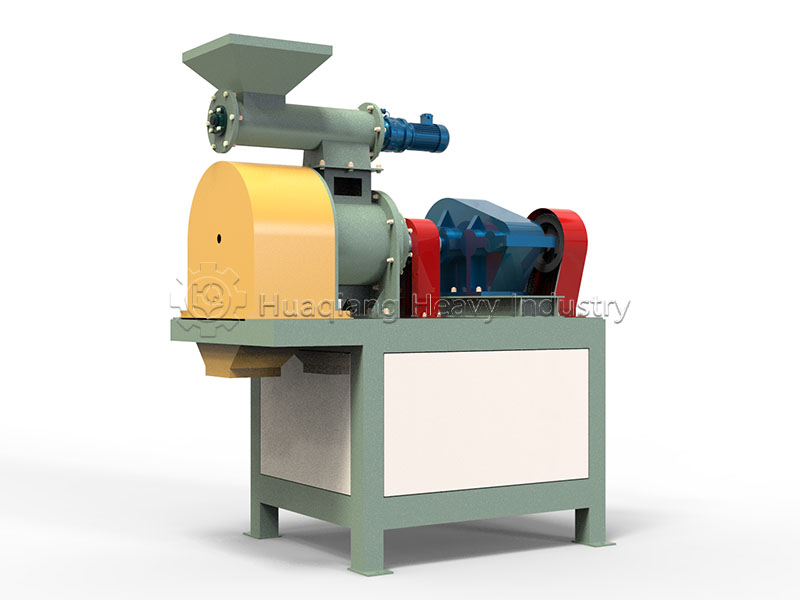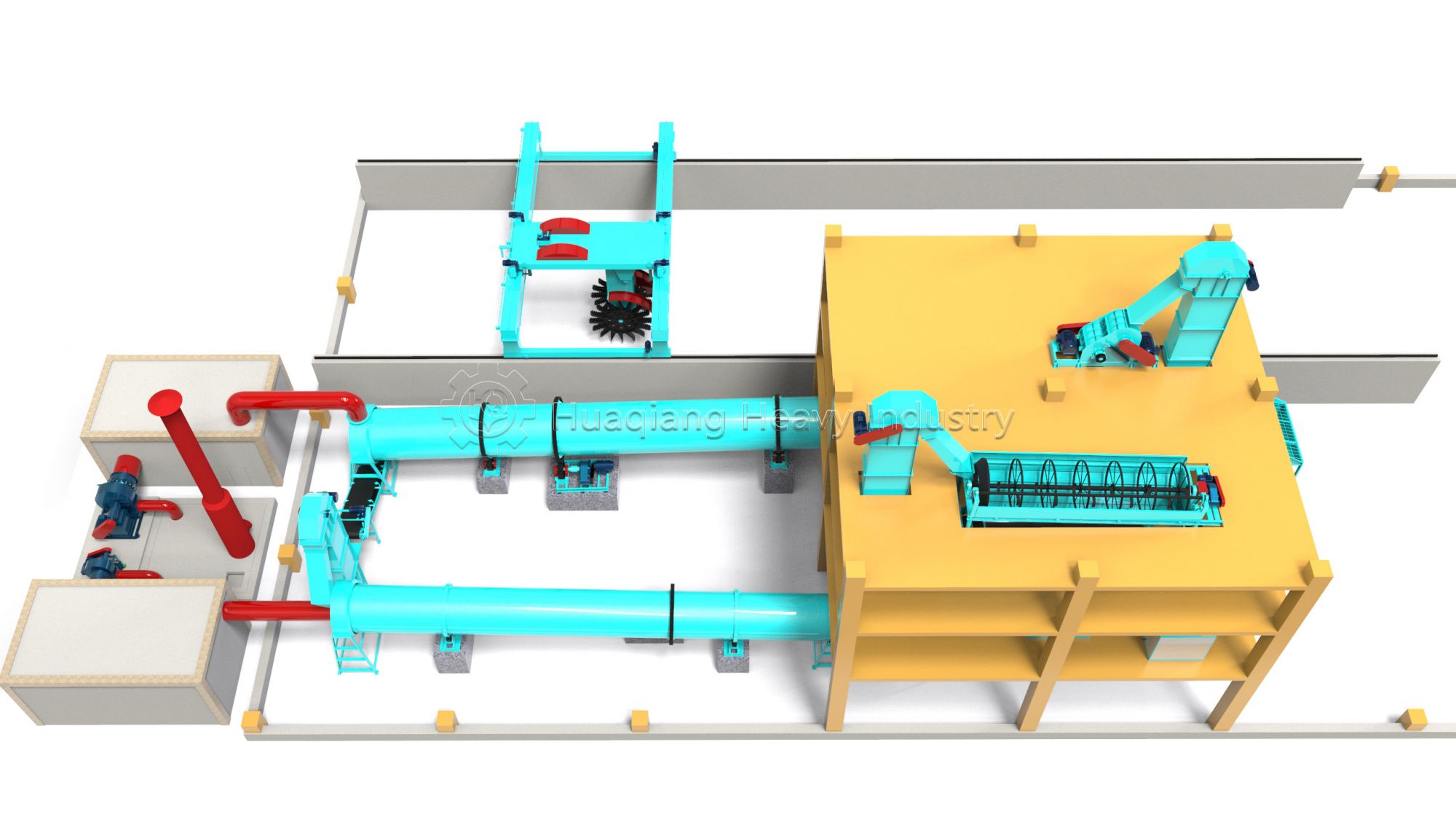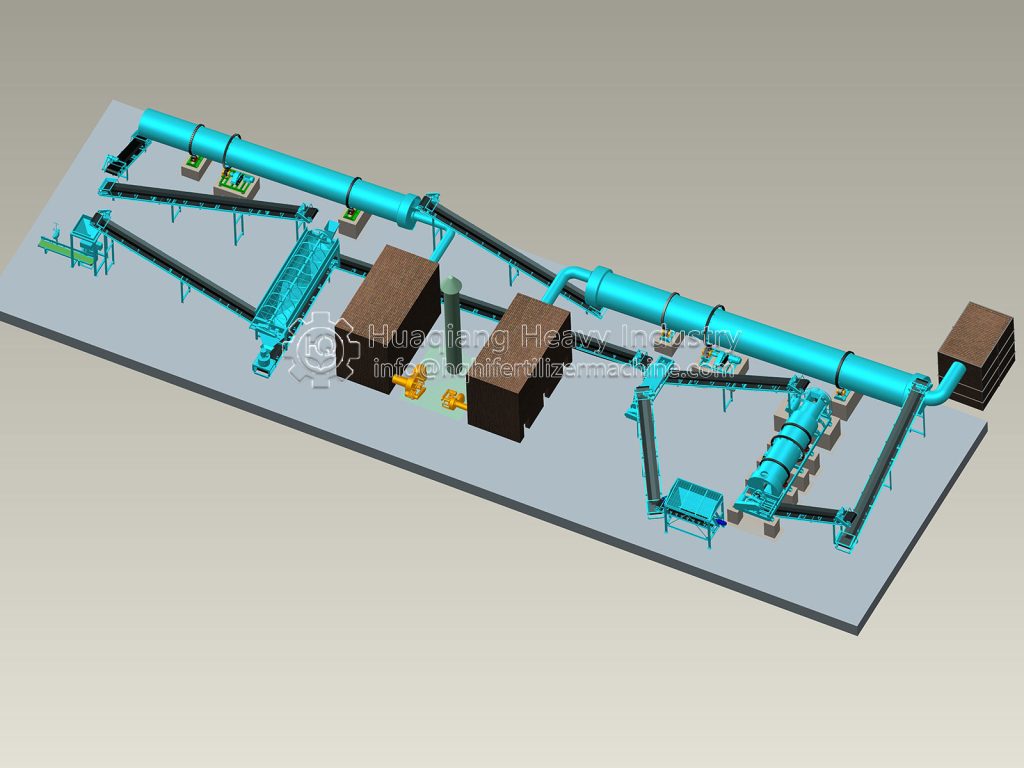Equipment Overview
The loader feeding hopper is a specialized equipment for bulk material transportation, widely used in construction sites, warehouses, mines, agriculture, and logistics industries. This equipment can work with various models of loaders to efficiently load, store, and transport bulk materials such as sand, gravel, fertilizers, and grains, significantly improving material handling efficiency and flexibility.
Equipment Structure and Components
Main Structural Parts:
- Frame Part:Welded from high carbon steel plates and channel steel, offering excellent strength and durability
- Transmission Connection Part:Uses cyclonic gear reducer to drive the main shaft, with plum flower claw or sprocket drive connection
- Conveying Part:Conveyor belt uses butt connection, rear roller uses flower drum design to prevent deviation
- Material Silo Body:Metal material with sufficient capacity and strength
- Connection Device:Quick change joints, hooks, etc., for easy installation and disassembly
- Discharge Port and Door:Manual or hydraulic control for precise material flow control
Working Principle
The loader feeding hopper utilizes the power and operational flexibility of the loader to move the hopper to the material pile or loading point. The operator controls the lifting and tilting of the hopper through the loader’s hydraulic system to achieve material loading. After loading is completed, the hopper can be transported to the destination, and materials can be unloaded to the designated location by opening the discharge port. The entire process is fast and efficient, significantly reducing manpower requirements.
Equipment Advantages
High Flexibility
Compatible with various loader models, adaptable to different working environments and material handling requirements, capable of processing both fine particles and large materials.
Efficient Material Handling
Quick loading and unloading of materials, improving material flow speed, reducing waiting time, and enhancing overall work efficiency.
Multifunctionality
In addition to loading and transporting materials, it can also be used for temporary material storage, increasing operational continuity and efficiency.
Easy Operation and Maintenance
Reasonable connection device design, easy installation and disassembly, sturdy silo structure, and low maintenance costs.
Maintenance Key Points
- Regularly lubricate bearings and gears of the belt conveyor
- Regularly oil the tail adjustment wire to prevent rust and ensure adjustability
- Regularly clean adhering materials on the inner wall of the silo to ensure smooth discharge
- Check wear conditions of transmission components and replace timely
- Keep equipment clean to prevent material accumulation affecting operation
Application Value
The loader feeding hopper serves as the critical first step in modern fertilizer manufacturing, efficiently supplying raw materials to various production lines. In both NPK fertilizer production line and organic fertilizer production line operations, this equipment ensures consistent material flow to downstream processing machines. Its robust design handles diverse inputs from mineral powders to organic compost, maintaining operational continuity while reducing manual handling costs. The integration of reliable loader feeding systems directly impacts overall production efficiency across different fertilizer manufacturing contexts.
Following initial feeding, materials progress to specialized granulation stages where equipment selection determines final product characteristics. The versatile disc granulator excels in creating spherical organic fertilizers through its unique disc granulation production line process, while NPK operations often employ precision NPK blending machines for formulation accuracy. For specialized applications, the double roller press granulator provides an alternative granulation method for both bio organic fertilizer production line and conventional NPK fertilizer line requirements. Each fertilizer granulator type offers distinct advantages for specific production needs.
The seamless coordination between loader feeding hopper and granulation equipment creates optimized manufacturing systems. Whether in a dedicated NPK fertilizer production line handling chemical inputs or a bio organic fertilizer production line processing organic matter, this integration ensures efficient material transformation from raw components to finished products. Modern fertilizer plants leverage these interconnected systems to achieve high throughput while maintaining quality standards, demonstrating how strategic equipment selection and material handling innovations drive productivity in agricultural input manufacturing.
